As a previously coached athlete and a coach myself, the nebulous term of “listen to your body” and “morning metrics” has always perplexed me. What exactly does that mean and does everybody listen to their body the same way? Early, in my cycling career, I never understood the term. But as I have trained and coached, I have gained a lot more perspective on the importance of listening to your body.
For me as a coach, it has become second nature to look to only focus on physiological costs of prescribed workouts in the form of training stress scores, heart rate, and intensity factor. However, one of the most important metrics often overlooked, especially by the athletes, is how they feel when they wake up in the morning. “Type A” athletes pride themselves on motivation and day to day execution and forget or ignore recording their “morning indicators” in fear of missing a workout or not meeting their own expectation or their coach’s expectation of their ability to handle the training load. Many athletes simply do not understand what or how to record their morning metrics when starting their days. I encourage all of my athletes to record their morning metrics daily. Part of this is teaching them how to effectively listen to their bodies. Now with the adoption of the performance management chart, it becomes easier than ever to match an athlete’s “morning indicators” with training stress balance (TSB) and ramp rates. For example, for me, there are days when I wake up, measure my morning heart rate, and crawl to the shower. Then as I make my way out the door, I often feel agitated and grouchy. Then when getting to work, I find that climbing the two flights of stairs are difficult. However, I know I have an intense workout scheduled that same day. As I look at my Performance Management Chart, it confirms my TSB is negative and my ramp rate is very high. All of these indicators confirm what my body and mind are already telling me: to adjust my workout or rest for the day. Athletes, including myself, either misinterpret or ignore their morning indicators in fear they will lose fitness or not gain results. The TSB deficit continues to grow and subsequent workouts suffer. It’s a frustrating cycle that lends itself to potential overtraining. As a coach, I would rather the athlete be rested for a hard workout, then go into a hard workout fatigued. Going into a hard workout fatigued ultimately negates the effect of the training stimulus and response. Learning to be honest with yourself and your coach when recording morning metrics leads to the appropriate adjustments needed for maximum gains.
Types of Stressors
There are two types of stress that we primarily place on our bodies: physical and mental stress. Physical stress is the demands we place on our body through workouts, mowing the lawn, cleaning the house, going to the grocery store, hiking with the family, even taking the dogs on a walk or short ride. On a bike, it’s easy to measure stress through power, heart rate, and training stress scores. However, the everyday living stress we accumulate in a single day, which often leads to weeks, and months, is immeasurable. There are no TSS scores for mowing your lawn or repairing that deck. It is important to consider all the physical stress that is placed on your body and not only on the bike. Listening to our bodies can be so important is often the best and only measuring device we all have.
Mental Stress. You know it when you feel it, but the hardest part, like physical stress, is the ability to measure it. Training for any sport does not happen in a vacuum. As an athlete and a coach, you have to be able to effectively manage your psychological stress with physical stress because the two act in tandem. Any athlete knows the psychological demands it requires to complete high-intensity intervals, especially after a very stressful workday, or even worse, a job loss, any other life set back. The ability to understand your psychological stress threshold is important, and different for everyone. Nevertheless, fitting training stress into existing stress is the key to knowing how much you can handle before becoming overtrained, which leads to counterproductive workouts. So remember, give yourself a break and understand that all stress plays into your athletic training.
Indicators of Stress
The key to effective training is to strike a balance between rest and recovery. So if there is one tip I give to my athletes, it’s that the body never lies. It is perhaps the best tool we have to tell us when we move from overreaching to overtraining. As an experienced athlete and coach, often the body, mind, and intuition will tell you first if something is wrong. Ignoring this intuition (which I often have) can lead to illness, injury, or just total burnout. Each and every morning I have the athlete go into TrainingPeaks and input their morning metrics. I then compare this to their post-workout comments. Things I consider when reviewing morning metrics include resting heart rate variability, motivation to train, mood, sleep, appetite, and current stressors that the athlete faces during the day. I then compare the performance management chart in TrainingPeaks. If trends in the metrics charts show high stress and fatigue, TSB is negative, and post workout activity comments are negative, I then consider whether the next day’s workout is substituted for a rest day or adjusted to an easier workout.
Managing Stress and Training
I have heard it said and truly believe, that amateur athletes often have the toughest jobs in the world. They don’t have the luxury of days off and centering their lives only on their athletic careers. They have to have the ability to juggle the everyday demands of training with their lifestyle, kids, jobs, marriage, travel, and finances. An athlete that can manage all of that is a superhero in my mind. Below are a few common tips I provide to athletes to help manage their stress and training.
- Don’t think too hard and overanalyze your morning metrics. When recording morning metrics, include what and how you immediately feel. Overanalyzing, can make recording morning metrics more a chore and more likely inaccurate. For example, if you feel fatigued, click fatigued and in the comments explain to your coach what fatigued means for you.
- When in doubt leave it out. If all the signs indicate you are stressed and fatigued, then don’t push it. Either adjust or recover. Most athletes are afraid to lose fitness if they miss a workout. Look at it as a day to adapt and get ready to put your best foot forward for your next workout. Think long term.
- Training and stress can and will impact your sleep. It is important to monitor how your sleep was the night before. Trends of sleepless nights, only add to the stress but can create a negative cumulative effect.
- Record your morning heart rate every morning in the pulse field. Do this right when you get out of bed. Heart rate variability can tell a coach or athlete a lot about how the athlete is doing in adapting and responding to training.
- Record and pay attention to your day to day feelings. Record your moods, motivation, concentration, focus; how agitated you are. Your mood is often the first indicator that rest and recovery are needed.
Remember, training and competing in your sport is not something you do for a living. It’s not a means to an end. Rather, it is something you do because you love it, it’s your passion, and you want to get better at something you love and that makes you a better and healthier person. So, listen to your body and mind and let it serve as just one tool of many tools available to help you effectively and efficiently train.




3 Comments. Leave new
Great post Joe! I really liked the insight and your qualitative metric analysis process. 👍
I really appreciate the acknowledgment of stress in our lives and how it really affects our bodies. Great message to listen to our bodies and to be honest when recording our moods.
Stress is such a big driver in performance. We can’t overlook the role it plays!